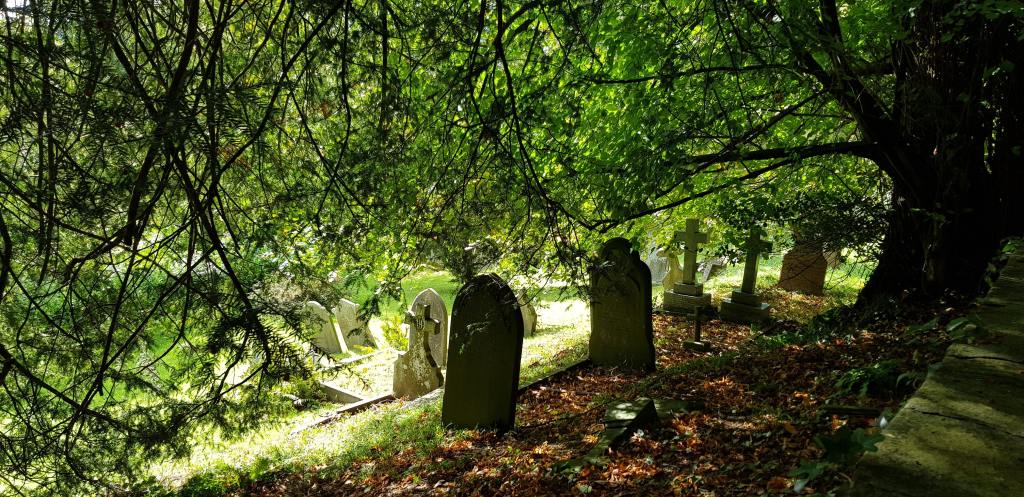
But why go to the other side of the world when there are so many lost people right here in the homeland?
It’s a valid question, and one that feels weightier the more post-Christian the West becomes. Before we moved overseas as a family, we used to share an image to answer this objection.
Imagine a huge and ancient graveyard, full of wooded hills which are covered with thousands of tombstones. But the graveyard is not completely still and silent. Here and there individuals and small groups make their way from one grave to another, pausing to push one or several seeds into the grassy earth. They might move on quickly or linger at a certain grave for some time. Usually nothing happens right away. But sometimes a sudden flash of light occurs, and the one who was dead emerges completely alive and made new. This newly living one (after a period of understandable disorientation and celebration) then joins the others in their methodical and mysterious work of seed-pushing.
It’s not predictable when and where the seeds that are planted will bloom in an explosion of light and dirt and life. Sometimes there are weeks and months with nothing. Other times multiple dead ones suddenly come to life simultaneously. The only trend the planters have been able to gather is that the more graves that receive planted seeds, the more resurrections tend to take place. The planters go about their work steadily, but they are greatly outnumbered by the number of graves, somewhere in the ratio of ten thousand to one.
One day one of the planters climbs a cemetery ridge to conduct his work. From the top of that ridge he can for the first time make out the existence of another graveyard, just within eyesight. It’s even bigger than the one he and his friends have been working in. Yet strain as he might he’s unable to see any movement within that graveyard. There are no planters to been seen anywhere. The reality dawns on him that there are none to walk that graveyard. None to sow the seeds that can raise the dead. The graves there will never stir nor give up their bones.
Gradually he comes under conviction that he must go and be the first planter to walk that graveyard, though the ratio be as bad as one to ten million. It’s not right that all the planters (small in number though they are) be concentrated in one graveyard when there are other cemeteries with just as much potential for resurrection that have no one to sow the seeds.
Everywhere that seeds have been planted, sooner or later, the dirt gives up its dead, who in turn become faithful living workers. Everywhere. So he goes. It’s not a matter of the absence of need in the first graveyard, it’s the presence of such disproportionate need in the faraway graveyard which has no planters. And perhaps one day that graveyard will give birth to enough of its own workers to be able to send some back to lend a hand in the first one. Or perhaps from that vantage point they will see yet another graveyard further away, itself also lacking even one to plant seeds of hope in the dirt of its ancient graves.
This image helps to explain why we came to Central Asia when there is so much good gospel work that needs doing in our homeland. Though the work is daunting, our home “graveyard” has many more workers who are going to keep doing the work faithfully. But our corner of Central Asia? There are towns and villages that we have visited that have no known believers. Places where we may have been the first to ever share the gospel of Jesus Christ. And we’re not even as remote as some of our colleagues are. Many over here are working at a ratio of a million to one. A million graves for every seed pusher. That would be like having only three hundred people to reach the entire population of the US with the gospel. In God’s miraculous power, it’s possible. But man, someone please send those people some reinforcements!
Are there dead people in the homeland? Absolutely. But are there also crews of faithful seed pushers? Yes. That’s why we left. And why we’ve come to another graveyard with just as many dead, but with precious few planters.
Photo by Elizabeth Jamieson on Unsplash
Thank you, brother Workman, for this incredible and simplistic expression of a question that my husband often asks me. I’m going to share this article with him and pray that the Lord give him understanding and a more tender heart for supporting our missionaries. May the LORD bless you and keep you!
LikeLike